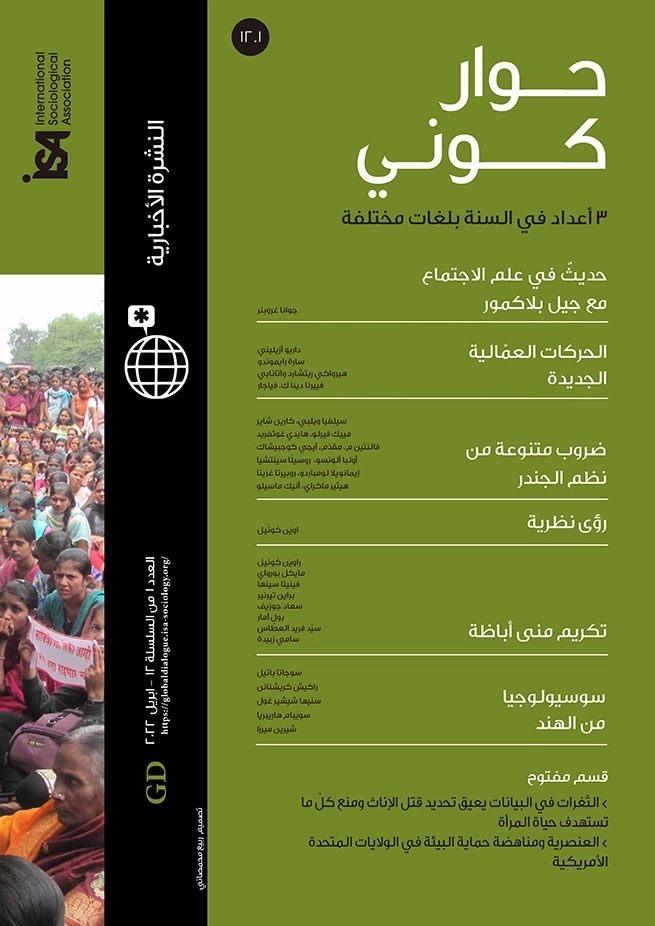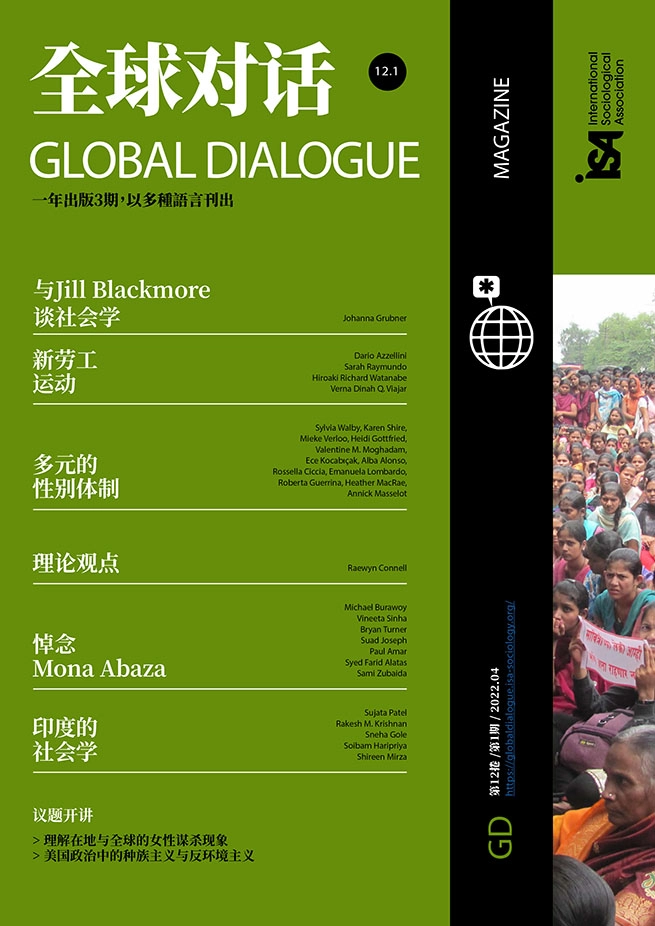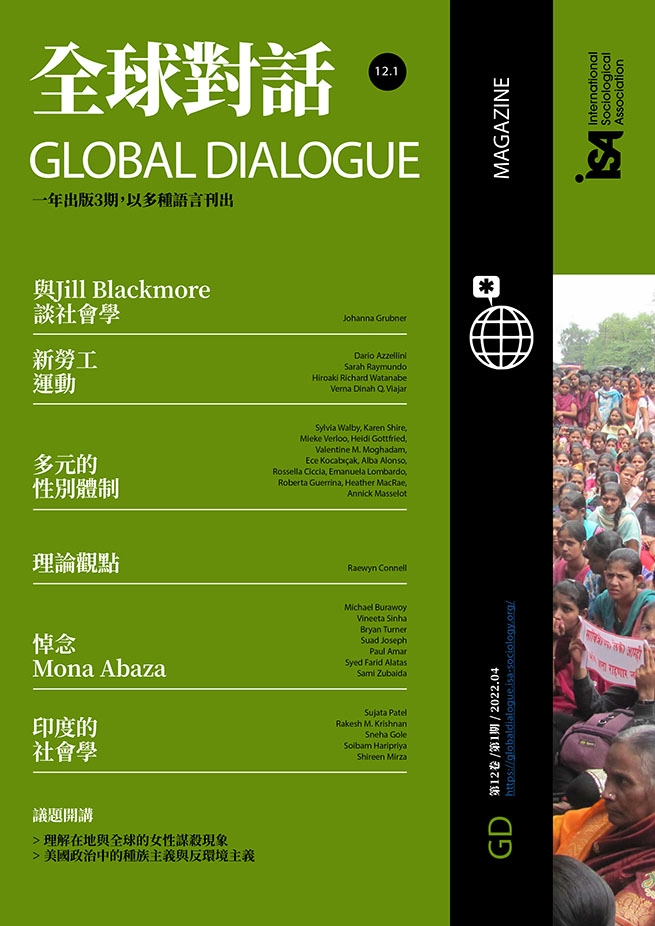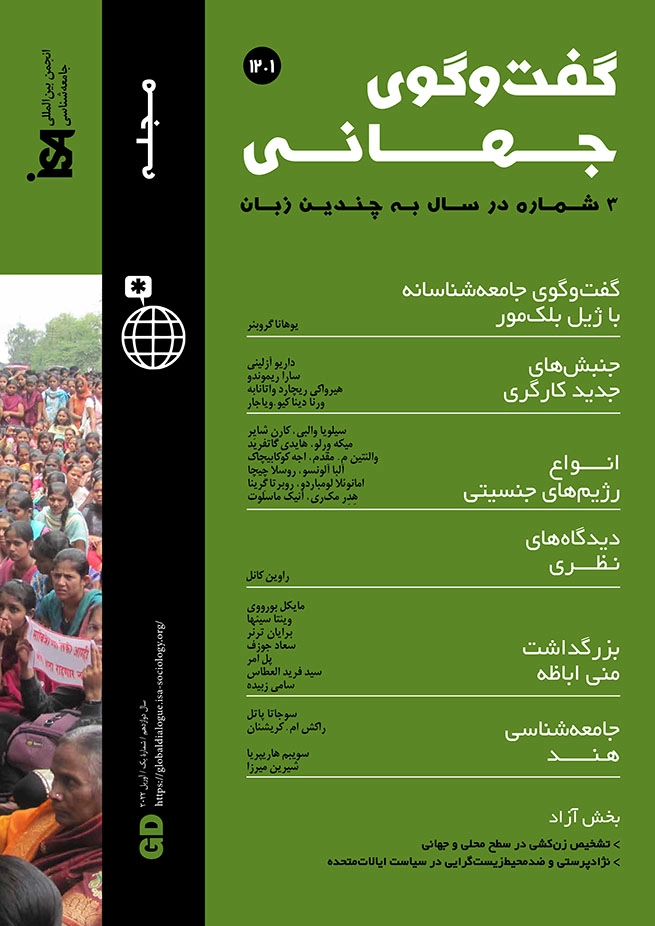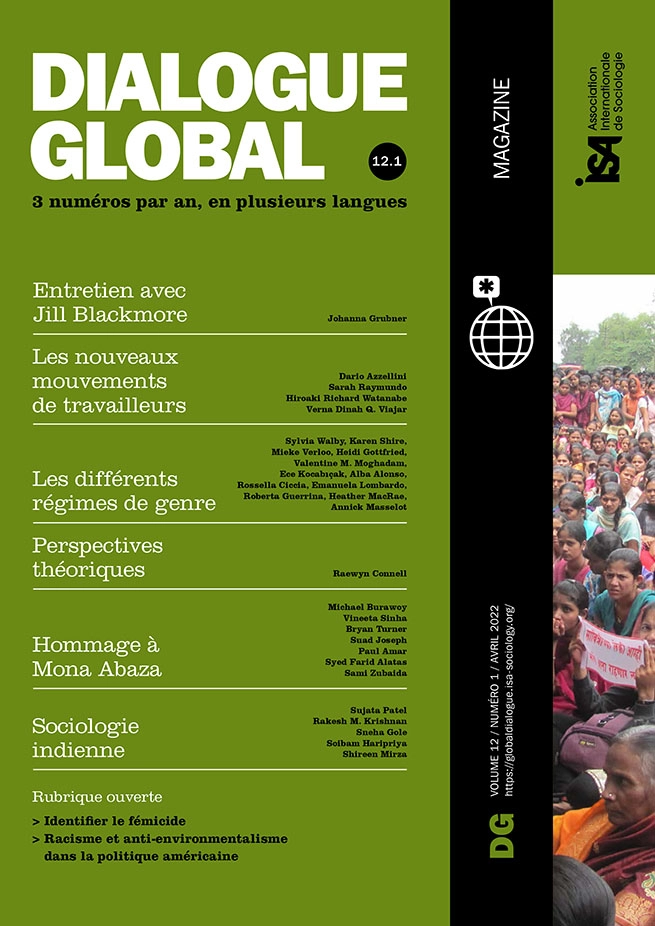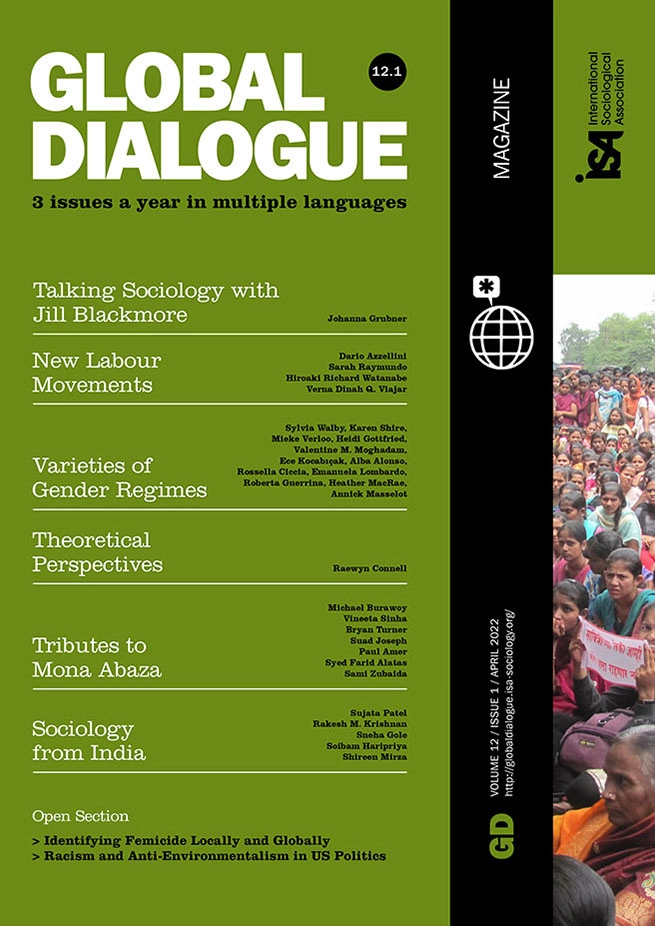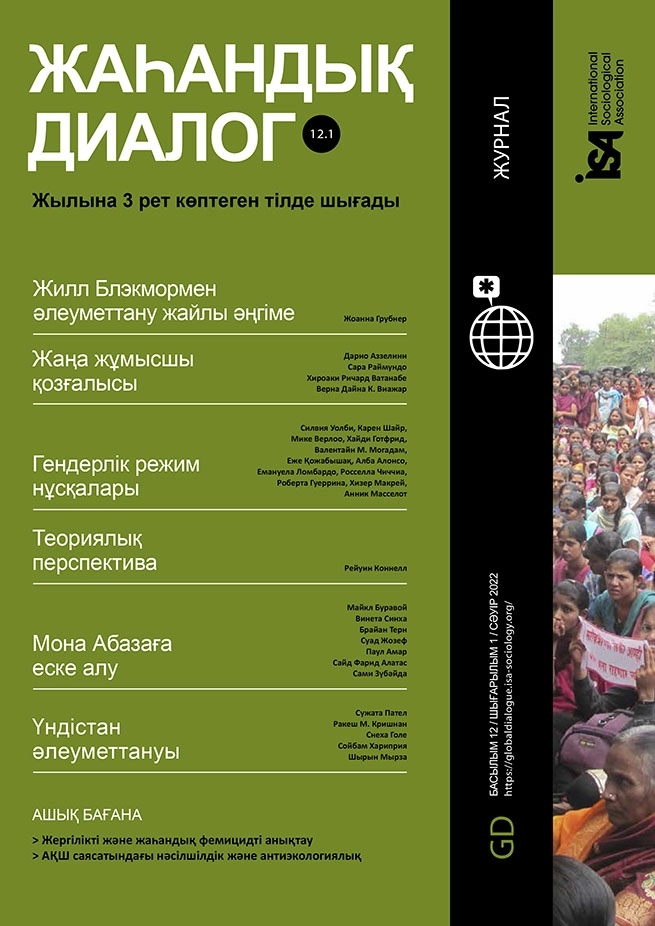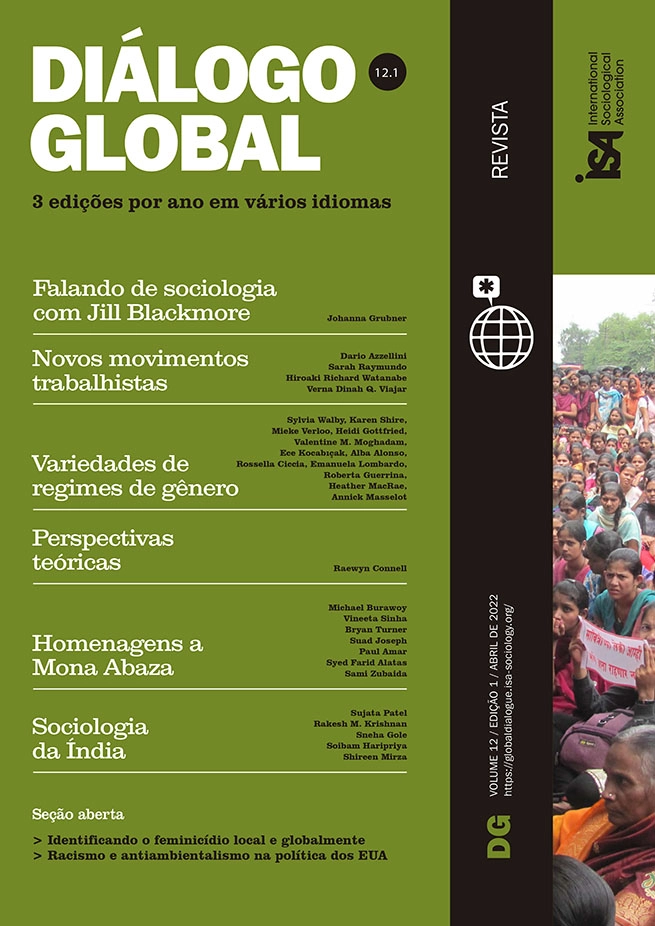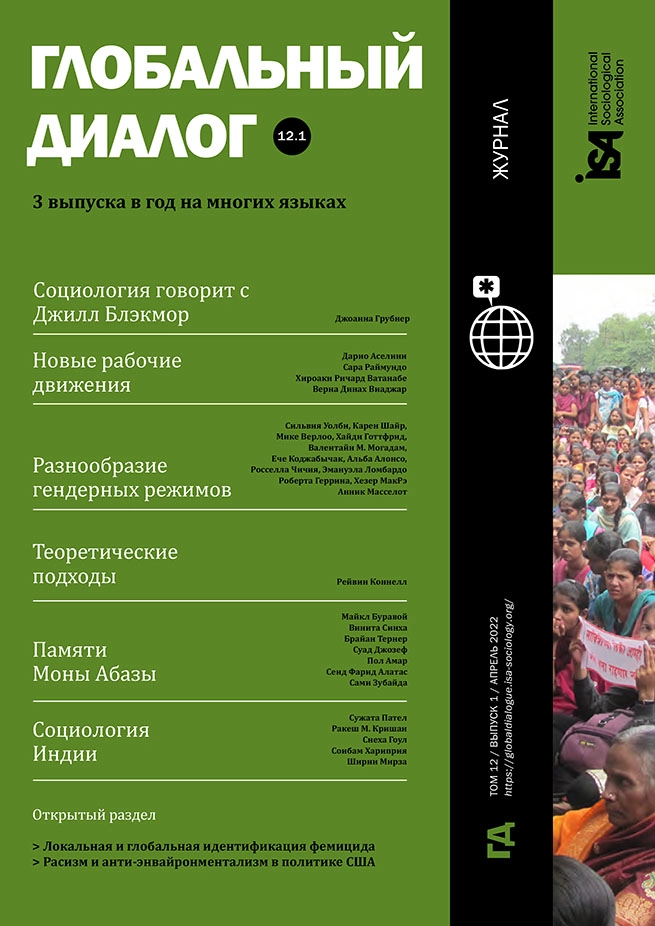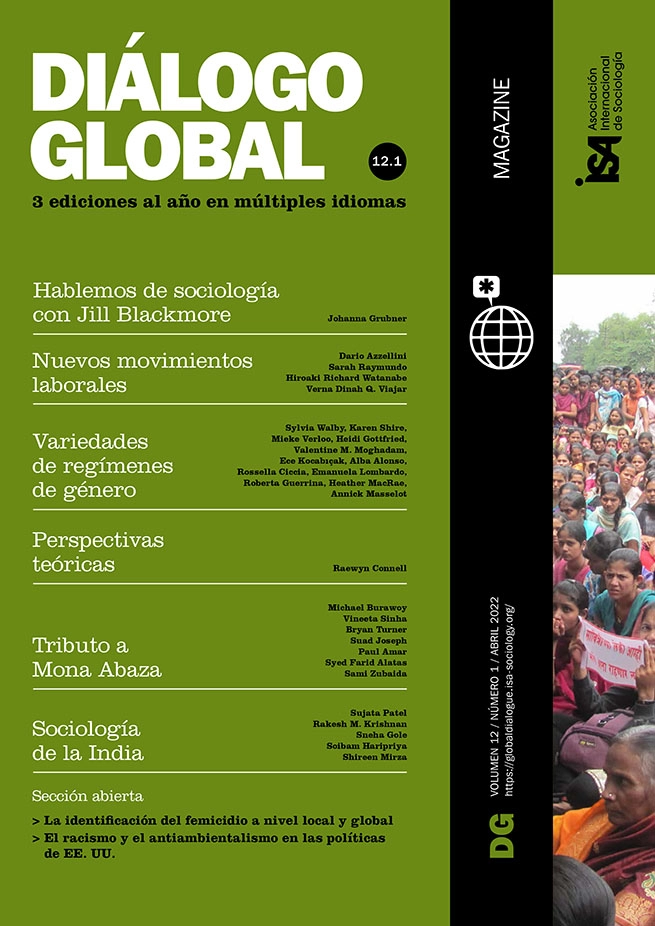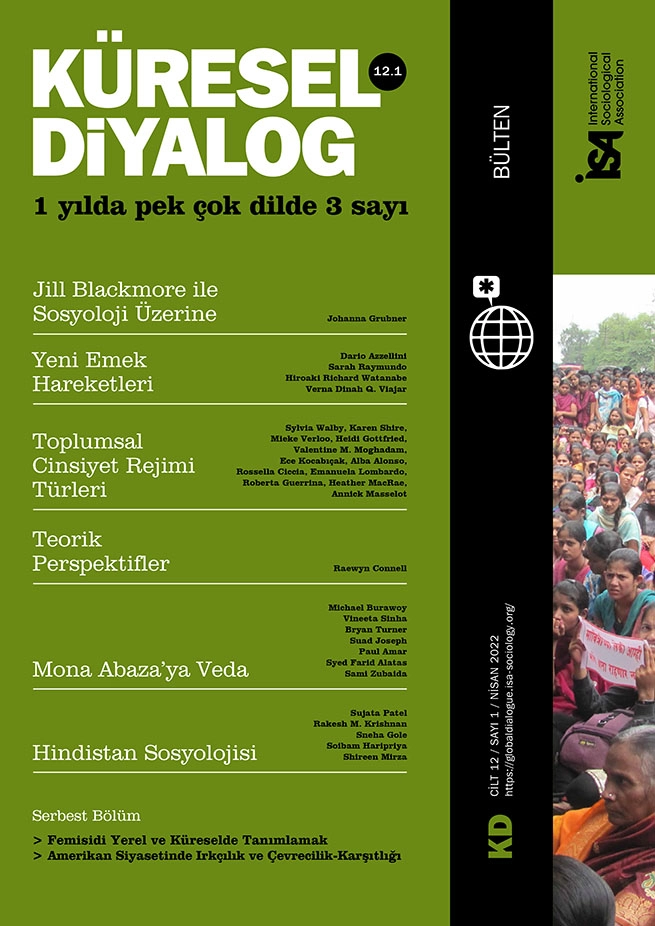Read more about Open Section
Data Gaps Impede Identification and Prevention of Femicide
by Myrna Dawson
February 25, 2022
In the United States, racism and white supremacy remain central obstacles to resolving collective action problems, with environmental injustice and climate change among the most pressing crises threatening society’s well-being. In my article “The Racial Fix and Environmental State Formation,” recently published in Current Sociology, I elaborate on the relationship between racism and anti-environmentalism in the US political economy. I argue that racial politics are central to the political economy in which environmental policy is made.
Binding together racism and anti-environmentalism in this political economy is what I call “the racial fix,” which refers to the idea that race and racism are mechanisms for circumventing forces that might slow or reverse ecological destruction. In particular, elites in industry and government use racism to sow social divisions and to undermine any collective mobilization threatening their pursuit of power and profit.
The spatial dimensions of the racial fix
In the US, the racial fix operates in three major ways. The first is spatial, in the relationship between race and space determining which populations are targeted to bear environmental burdens. The questions of how race influences who gets to populate the US and where people live in the US are fundamental. Immigration policies historically favored European populations and deliberately sought to achieve a permanent white majority in the US. Historical and contemporary racial segregation in urban, suburban, and rural areas means residential patterns have been and continue to be racialized.
The racism shaping residential segregation and immigration has implications for environmental justice. Segregated communities of color become sites for undesired waste storage and other hazardous activities, as white-majority populations enjoy cleaner environmental amenities. Meanwhile, white majoritarianism blocks communities of color from using democratic means to address environmental problems.
The racial fix as political
The second feature of the racial fix is political. In the US, democratic institutions advantage white populations and disadvantage populations of color. This is due to the long-standing entanglement of racism in US political development and contemporary shifts in US politics. For instance, the Electoral College – whose members elect the president – was founded to shield enslaver and slave industry interests and to restrict popular democratic participation. The US only became a racially inclusive democracy in 1965, but since then racist politicians have steadily sought to limit the political rights of people of color. These politicians push mass incarceration policies that imprison and disenfranchise people of color, while also passing voter suppression laws based on the racist myth that people of color and immigrants engage in voter fraud. On a structural level, political institutions still have a pro-white bias. The political preferences of white (especially rural) voters are over-represented in the House of Representatives, the Senate, the Electoral College, and the Supreme Court – whose justices are appointed by senators and the president. The consequences of these white structural advantages have become glaringly clear: the Supreme Court recently gutted the 1965 Voting Rights Act, Congressional districts are increasingly drawn to tilt the playing field in favor of conservative white voters, and Congress has struggled to counteract anti-democratic trends in state legislatures.
The political aspect of the racial fix is critical to environmental policy since most racist politicians also hold anti-environmental views. In this conjoined viewpoint, racism is a tool for blocking the creation of public goods, like an equitable and stable environment. This is similar to “dog-whistle” politics, where politicians use racially coded language to demonize people of color and to delegitimize government programs. While dog-whistle politics initially focused on welfare policies, such racial framing was eventually extended into the sphere of environmental policymaking. In this way, racial resentment and hostility to environmental protection overlapped in the attitudes of conservative politicians and judges, as well as the conservative white voters whose views are structurally over-represented in US politics.
Racial identity politics and individual psychology
The third feature of the racial fix involves the relationship between racial identity politics and individual psychology. This relationship is crucial for shaping public perceptions of government programs for environmental and climate protection. Several trends in the last two decades have strengthened the association between white identity politics and anti-environmental attitudes. First, following the 2008 election of Barack Obama, conservative leaders and politicians worked to delegitimize Obama’s policies by branding him as an ethno-racial, religious, and foreign “other.” These efforts racially primed white voters to not only reject the Affordable Healthcare Act, but also the Paris Climate Accord and the Environmental Protection Agency more broadly. Second, conservative leaders stoked white racial anxiety related to shifting demographic trends, with whites projected to no longer be a majority of the population. This racial threat further reinforced the linkages between white identity politics and anti-environmental attitudes. For instance, prominent anti-environmental politicians, like Donald Trump, won political office by fanning the flames of nativism, racism, and fears of “white replacement.” These racist efforts deeply appeal to base emotions around fear and group threat, thus linking individual psychology to a political economy oriented around not solving environmental and climate problems.
At the center of this political economy are elites in industry and government who use race and racism to stymie any collective action that might engender environmental and climate protection. This elite strategy has a long history in the US. For instance, following Bacon’s Rebellion – a 1676 multi-racial labor uprising – elites enacted racial laws that divided white and Black workers, thus creating obstacles for future cross-racial labor solidarity. Elites unfortunately still use this divide-and-conquer playbook today, in the service of perpetuating environmental and climate injustices. Like past elite projects that destroyed public goods, these efforts hurt people of color first and worst, but eventually also harm the lives of white people. The planetary destabilization caused by environmental injustice and climate change exemplifies how white supremacy undermines its material conditions and cannibalizes its own supporters. To preserve a stable environment and climate for future generations, it is necessary to neutralize the racial fix, repair and restore injured communities of color, and institute robust climate and environmental programs grounded in racial and class justice.
Ian Carrillo, University of Oklahoma, USA, and member of ISA Research Committee on Economy and Society (RC02), <icarrillo@ou.edu>
This issue is not available yet in this language.
Request to be notified when the issue is available in your language.
If you prefer, you can access previous issues available in your language:
